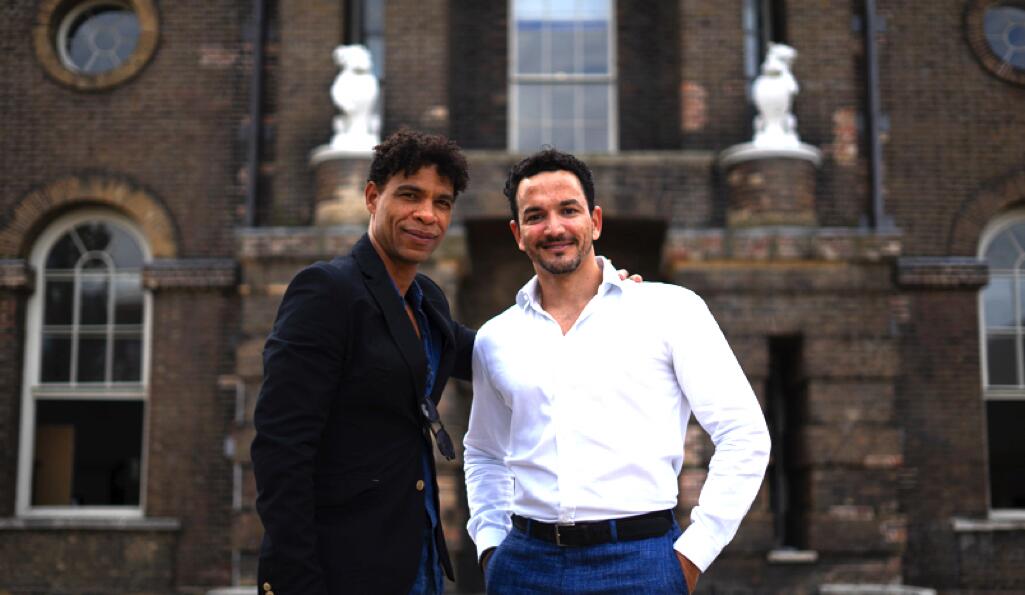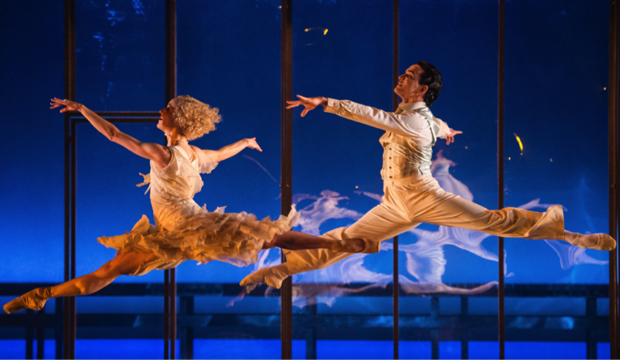Acosta Dance Centre launches in Woolwich
As Cuban superstar Carlos Acosta launches his Acosta Dance Centre in southeast London, Culture Whisper visits its Woolwich base and talks to managing director Javier Torres

And yet more: it will become ‘a new Covent Garden for dance.’
The ambition is breathtaking, but not surprising. After all, everything Carlos Acosta does has ambition written all over it. When he put his mind to dancing, he became one of the most exciting, best-loved ballet dancers in the world, a firm favourite with Royal Ballet audiences until his retirement from full-time dancing in 2016.
He currently divides his time between his own Havana-based Acosta Danza, the internationally acclaimed small troupe he created less than 10 years ago, and Birmingham Royal Ballet, where his directorship has been marked by audacious new commissions and projects aimed at raising the profile of the UK’s second ballet company.
And now he’s extending the remit of the Acosta Dance Foundation, which he set up in his native Cuba just over a decade ago with the aim of improving underprivileged lives through dance, to southeast London, a fast-developing area where nonetheless there is a measure of deprivation.
The Acosta Dance Centre is based in the Woolwich Works along with other arts organisations, and housed in a nearby Grade II listed building, formerly the Royal Military Academy.

Acosta Dance Centre building. Photo: © Sjoerd Derine
However, not even the indefatigable Acosta could take on this project full-time; the Centre will be run by fellow Cuban and former principal dancer Javier Torres, managing director of the Acosta Dance Foundation.
Torres knows all there is to know about dance. Besides the classics, his many unforgettable roles with Northern Ballet, from where he retired in 2022, included a complex Casanova, a disturbingly sexy Dracula, a powerful Rochester in Jane Eyre and a mysterious Jay Gatsby.

Northern Ballet, The Great Gatsby, Javier Torres as Gatsby. Photo: © Leon Neal
He also holds degrees in business management and leadership and is, therefore, ideally suited to run this project. His passion and commitment shone through when he showed Culture Whisper around the building’s immaculate facilities, including five spacious and airy studios.

A studio in Acosta Dance Centre. Photo: © Sjoerd Derine
Although the official opening of the Acosta Dance Centre won’t be until September 2023, the building is already in use as the base for Acosta Danza’s busy international touring schedule. The company is in residence at the moment, as it will take part in the performances of Carlos at 50 at Covent Garden this week.
Over the past year the Centre has run a couple of pilot projects to bring it closer to local communities, or, in Javier Torres’s words, ‘to make people understand what dance can do for them, what dance as an art form can do for you as a human.’
How will it all work once the Centre is fully operational? Javier Torres explained that the London branch fits into the overall programme of the Acosta Dance Foundation.
‘We have three pillars: the main pillar is the Cuban Academy in Cuba; the second pillar is the Acosta Dance Centre in the UK; and the third pillar is a digital platform that we are going to build hopefully in 2025/26.
‘[In London] we are going to have several programmes, most of them charitable programmes, completely funded by the Foundation. For example, the Choreographic Fellowship for one untried Fellow to work here in the centre and have the opportunity to create work that may be developed into a piece for Acosta Danza.
‘In addition to the Fellowship we are going to have up to six residencies a year from 2024 for up-and-coming choreographers.
‘We’re going to have the advanced training hub, which is a pre-professional programme for 10 students.’
This, Torres says, will be unique among pre-professional programmes in the entire country. How so?
‘It’ll be the inclusivity of the Cuban heritage that we’re going to bring to it: the Cuban technique, the Cuban classes, the Cuban curriculum – the Carlos curriculum – the way we work in Cuba, we’re going to integrate it into this programme.’
Beyond technique, the programme aims to offer mental preparation for life after graduation, ‘an understanding of how you adapt from a school to professional life, what to expect in a professional environment, how to allow yourself to be trained by others – none of this is taught in school in the UK now.’
Apart from a small application fee, these programmes are entirely free, all costs being borne by the Foundation.
The link between London and Cuba is fundamental to this development, and for all that visas may well pose a problem, Acosta and Torres are determined to bring teachers over from Cuba, as well as employing UK-based Cubans in their teaching staff. ‘Keeping the Cuban DNA’, as Torres puts it.
Of course, community activities are key to the success of the whole operation, and the centre will offer a mind-blowing range of open classes for people of all ages:
‘Orishas, rumba, Cuban salsa, salsa rueda, ballet, of course! contemporary, yoga, capoeira… you name it, we have it here.’
Education is the main plank, and the Centre has a full education and community team that has already started working with schools, because, as Javier Torres explains, there is no point in expecting people to start by coming to the Centre. ‘We have to go to them.’ And once their interest is piqued, they will come.
The sheer scope of the Acosta Dance Centre programme is stunning and I had to ask, where does all the money come from?
‘The money comes from a very strong strategy we have for fund-raising. We have a sister Foundation in America, but most of our fund-raising activity is in the UK. We are independent and will not go for Arts Council England support. Hopefully with the support of our patrons, corporate, etc we will manage, but we are still looking for supporters, for donors.'
And the ideal partners for this huge project?
'People who want to support our cause of creating a dancer in every home.’



